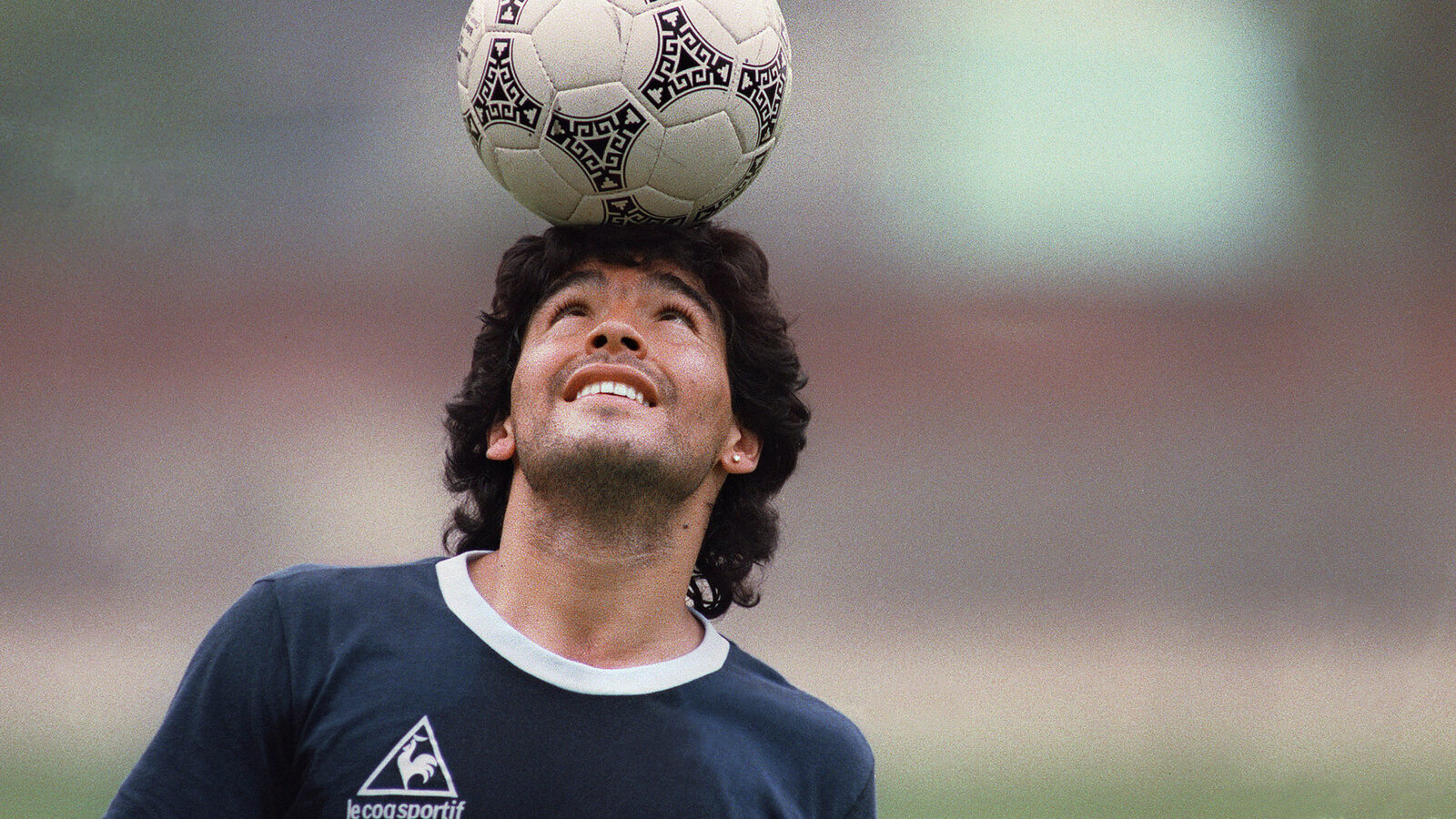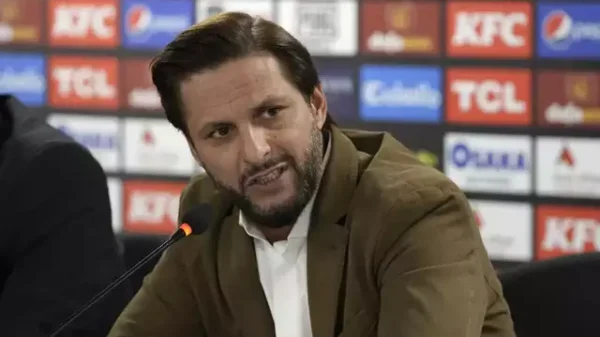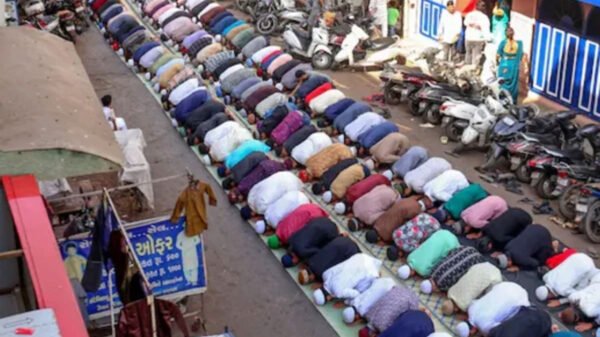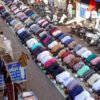Article by: Ali Abdullah
Diego Armando Maradona was born on 30 October 1960, at the Policlínico (Polyclinic) Evita Hospital in Lanus to a poor family that had moved from Corrientes Province he was raised in Villa Fiorito, a shantytown on the southern outskirts of Buenos Aires, Argentina.
1976, Maradona made his professional debut for Argentinos Juniors. Maradona spent five years at Argentinos Juniors, from 1976 to 1981, scoring 115 goals in 167 appearances before his US$ 4 million transfer to Boca Juniors. Maradona received offers to join other clubs, including River Plate who offered to make him the club’s best-paid player. Nevertheless, Maradona expressed his will to be transferred to Boca Juniors, the team he always wanted to play for.
After the 1982 World Cup, in June, Maradona was transferred to Barcelona in Spain for a then world-record fee of £5 million ($7.6 million). In 1983, under coach César Luis Menotti, Barcelona and Maradona won the Copa del Rey (Spain’s annual national cup competition), beating Real Madrid, and the Spanish Super Cup, beating Athletic Bilbao. On 26 June 1983, Barcelona won away to Real Madrid in one of the world’s biggest club games, El Clasico, a match where Maradona scored and became the first Barcelona player to be applauded by arch-rival Real Madrid fans. Maradona dribbled past Madrid goalkeeper Agustín, and as he approached the empty goal, he stopped just as Madrid defender Juan José came sliding in an attempt to block the shot.
Due to illness and injury as well as controversial incidents on the field, Maradona had a difficult tenure in Barcelona.
First about of hepatitis, then a broken ankle in a La Liga game at the Camp in September 1983 caused by a reckless tackle by Athletic Bilbao’s Andoni Goikoetxea nicknamed “the Butcher of Bilbao” threatened to jeopardize Maradona’s career, but with treatment and rehabilitation, it was possible for him to return to the pitch after a three-month recovery period
Maradona was directly involved in a violent and chaotic fight at the 1984 Copa del Rey Final at the Santiago Bernabéu Stadium in Madrid against Athletic Bilbao. After receiving another hard tackle by Goikoetxea, as well as being taunted with racist insults related to his father’s Native American ancestry throughout the match by Bilbao fans, and being provoked by Bilbao’s Miguel Sola at full time after Barcelona lost 1–0, Maradona snapped.
During his time with the Argentina national team, Maradona scored 34 goals in 91 appearances. He made his full international debut at age 16, against Hungary, on 27 February 1977. Maradona was left off the Argentine squad for the 1978 World Cup on home soil by coach César Luis Menotti who felt he was too young at age 17. At age 18, Maradona played the 1979 FIFA World Youth Championship in Japan and emerged as the star of the tournament, shining in Argentina’s 3–1 final win over the Soviet Union, scoring a total of six goals in six appearances in the tournament. On 2nd June 1979, Maradona scored his first senior international goal in a 3–1 win against Scotland at Hamp- den Park. He went on to play for Argentina in two 1979 Copa América ties during August 1979, a 2–1 loss against Brazil and a 3–0 win over Bolivia in which he scored his side’s third goal.
An advanced playmaker who operated in the classic number 10 position, Maradona was the first player in football history to set the world record transfer fee twice, first when he transferred to Barcelona for a then-world record £5 million, and second when he transferred to Napoli for another record fee of £6.9 million. He played for Argentinos Juniors, Boca Juniors, Barcelona, Napoli, Sevilla, and Newell’s Old Boys during his club career, and is most famous for his time at Napoli and Barcelona, where he won numerous accolades
Diego Maradona will be remembered for many things. He was a sublime footballer ferociously talented, relentlessly driven. But Maradona wasn’t just a footballer. He was a force of nature, a presence who made himself felt, for good or ill, no matter where he was or what he did. It’s appropriate, then, that perhaps the most iconic moment of his career came when he opted to transcend the sport entirely.
GOD’s HAND
This is not, on the face of things, a particularly remarkable goal. Sure, Maradona’s run implodes the whole England midfield, turning Glenn Hoddle into a paste and creating the situation in which Steve Hodge Hodges what should have been a clearance into the Zone of Pure Chaos. But it’s a scrappy goal, bundled in under pressure from Shilton, and it has nothing, from the purely aesthetic perspective, on the second.
Upon replay, however, it became obvious that the 5′5″ Maradona hadn’t somehow headed the ball past his far taller opponent. He had jammed the ball in with an upraised fist. England protested furiously (and rightly) for handball. The referee ignored them and the goal was allowed to stand.
On 2 November 2020, Maradona was admitted to a hospital in La Plata, supposedly for psychological reasons. A representative of the ex-footballer said his condition was not serious. A day later, he underwent emergency brain surgery to treat a subdural hematoma. He was released on 12 November after successful surgery and was supervised by doctors as an outpatient. On 25 November 2020, at the age of 60, Maradona suffered a cardiac arrest and died at his home in Tigre, Buenos Aires Province, Argentina. Maradona’s coffin – draped in Argentina’s national flag and three Maradona number 10 jerseys (Argentinos Juniors, Boca Juniors, and Argentina) was lying in state at the Presidential Palace, the Casa Rosada, with mourners filing past his coffin. On 26 November, Maradona’s wake, which was attended by tens of thousands of people, was cut short by his family as his coffin was relocated from the rotunda of the Presidential Palace after fans took over an inner courtyard and also clashed with police. The same day, a private funeral service was held and Maradona was buried next to his parents at the Jardín de Bella Vista cemetery in Bella Vista, Buenos Aires.
According to reports, former Argentine footballer Diego Maradona has left many such valuable things in his inheritance after his death.
He died at the age of 60. We used to hear many such things about his personal life, but now the future of his financial legacy looks complicated.
There has been speculation about his assets since his death, and it is being speculated that it will not be easy to distribute them among his heirs.
Maradona’s family is very large. He has at least eight children after dating six different women. It is expected that their inheritance will be distributed equally among all children.
The officials think there will be more family disputes, DNA tests, and more parental claims before the inheritance is distributed. But for now, lawyers are estimating the total value of Maradona’s total assets. Eliasson Joff, a lawyer in the capital, Buenos Aires, says “I think it will take a long time.”
In Maradona’s colorful life, parental claims have become commonplace.
One of his daughters once joked that if the former footballer wanted, he could form a football team of 11 people at once due to this growing family.
6 of his children were confirmed in Maradona’s life, according to the reports at least he has 2 more children in this world. Once the DNA tests are done his will, will be distributed equally among his children.










